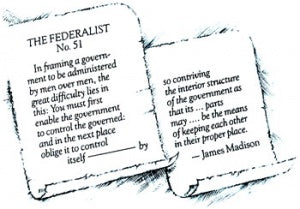An organization that I am involved in called Grandparents for Kids (G4K) does book readings at local libraries and schools. When appropriate to the book and theme of the reading we review the Constitution and Declaration and offer booklets such as yours and some other organizations. They enjoy getting the booklets as they respond to questions and discussions about the documents. They are amazed that the "large" ideas can be expressed in such a small and compact booklet.
I have ordered, and received these, several times, and am always happy with the quick service.
The booklet arrived in quickly and in great condition without a mark on it.
The book arrived in quickly and in great condition. I don’t think there was a mark on it. I’m excited to have it a part of my freedom library and look forward to reading it. Thank you!

